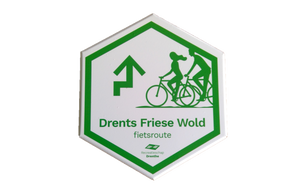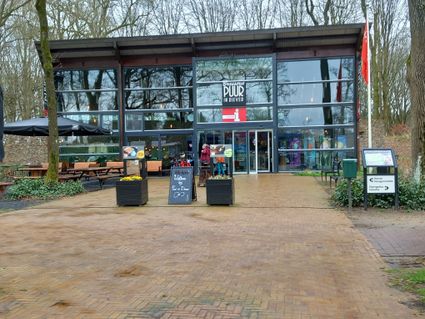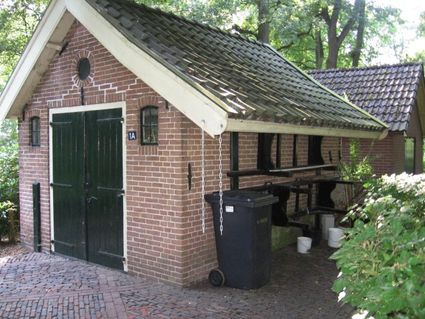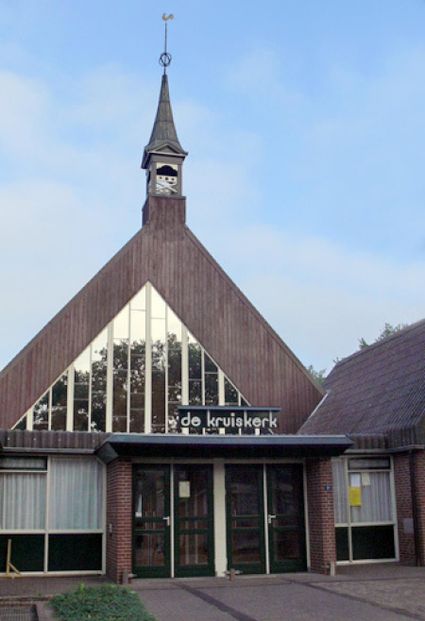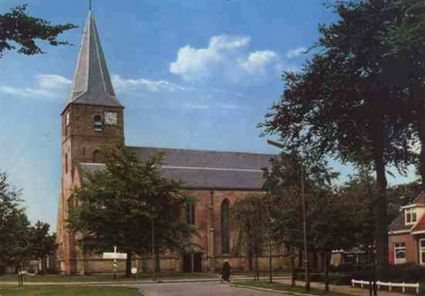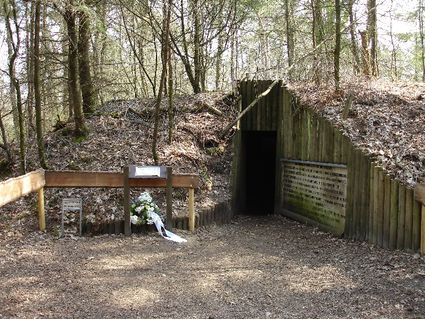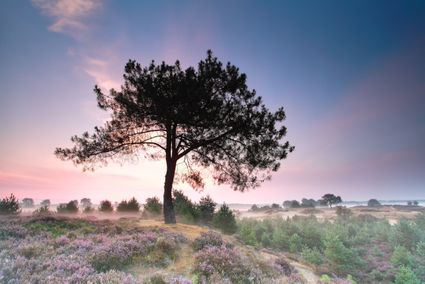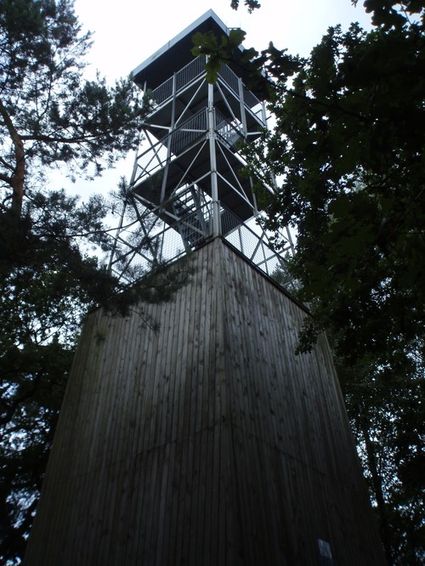4
Recreatief
46 km
With its 6,100 hectares, Drents-Friese Wold National Park is the second-largest forest area in the Netherlands. But ‘t Wold, as it is also known, consists of more than just trees. Discover the area’s abundant variety by bicycle. Cycle from forested areas to heathlands and from sand dunes to small peatland areas and swamps. This signposted cycling route passes through the following areas of Drents-Friese Wold: Berkenheuvel, forest area Boschoord, Doldersummerveld, Aekingerzand (Kale Duinen) and Aekingerbroek, as well several villages, including the Frisian village of Appelscha.
The route starts at the Tourist Info office in the village of Diever. There is a spacious, free parking area opposite this office. You can also use the signposting present to start the route from other locations. The route follows the following cycling intersections: 80, 75, 37, 59, 14, 12, 21, 23, 82, 88, 85, 83, 91, 63, 61, 53, 67 and 69. The route can be shortened at the following cycling intersections: 80, 59, 23, 88 and 61.
